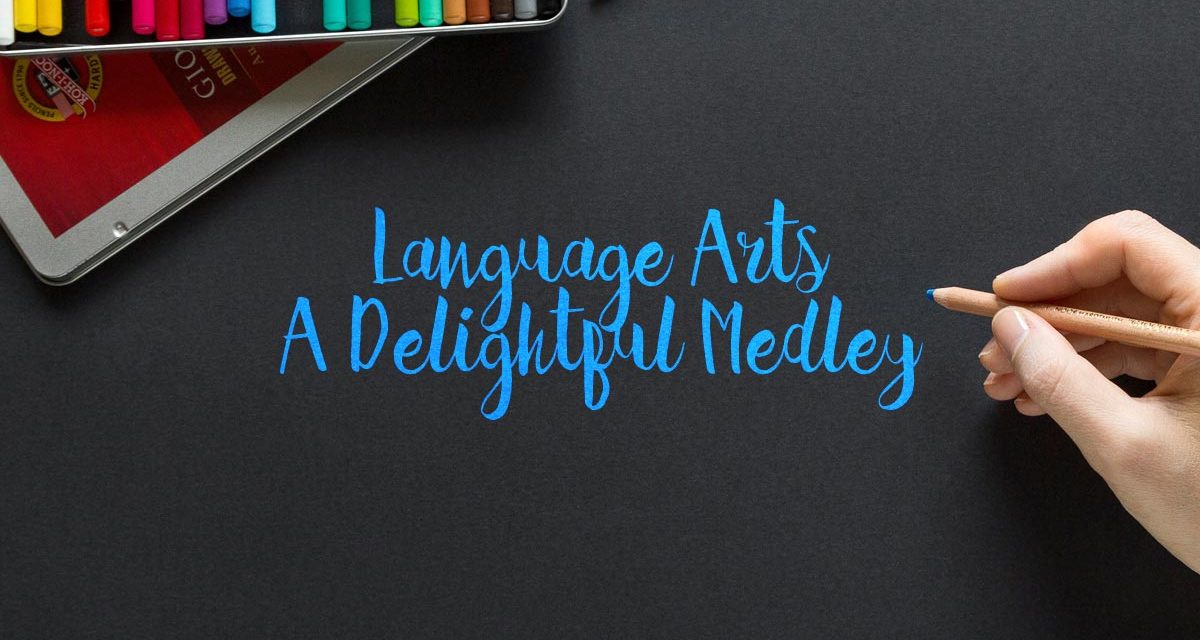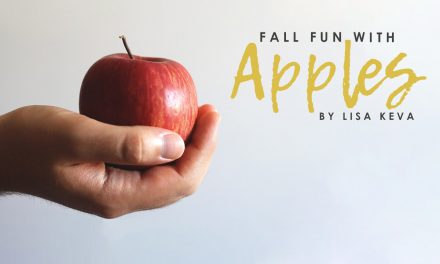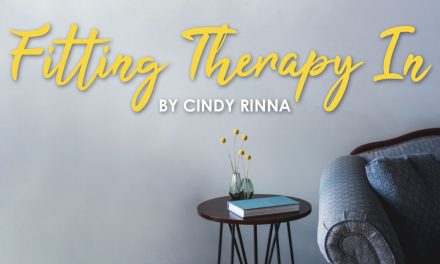Most of our language arts curriculum choices fall into three different “camps” – traditional, Charlotte Mason, and classical – and, of course, there are variations and blendings of these.
Traditional is what you probably had when you were in school. There is a teacher edition and student text or workbook, a lesson is taught by the teacher, the student follows along and then there’s an assignment to reinforce the concept followed by tests to make sure you’ve learned what you should. Traditional courses tend to introduce grammar, usage and mechanics in the early elementary years; hit them pretty hard with depth and determination in the middle school years; and expect proficiency at the high school level. Composition is handled in much the same way – usually in alternating chapters or sections of the text – with systematic instruction (in other words, first sentences, then paragraphs, then stories and essays). Traditional publishers are also likely to have a grammar and writing text; a reading and literature text; and perhaps, separate programs for spelling, penmanship, and vocabulary.
“Charlotte Mason” language arts are taught incorporating techniques such as copywork (for practice in physically forming the letters), narration (as a method for composing thoughts), and lastly, through written narrations (the process of transferring these thoughts to paper). CM advocates believe there is only a small body of grammar facts to learn, that they can be learned when a child is older (i.e. not in the early primary grades), and that they will be picked up if the children are continually reading good books. The emphasis is on providing exposure to quality models.
Classical methodology teaches children at three different stages – grammar, logic, and rhetoric. In the grammar stage, grades 1-4, the foundation is being laid for future education and the focus is on learning the “rules” of a subject – the emphasis is on learning basic grammar facts. The logic stage is grades 5-through 8 when a child begins to think more abstractly and make logical connections in academics – the emphasis is on analysis. The rhetoric stage is grades 9-12 when students apply what they have learned in previous levels to draw their own conclusions and express themselves clearly. In other words, the emphasis is on composition and speaking.
An all-inclusive program – especially in language arts – has a lot of appeal for many parents because the author or publisher has already done the work of putting all of the components together into one neat package. All-inclusive might be integrated (components all work together in a relationship) or collected (all components covered but not necessarily related to each other). If your goal is cohesive instruction then another option is to buy components from a single publisher. If picking and choosing, the choices are seemingly endless with many programs in any one area. The advantage of combining programs from different sources is that it provides the opportunity to find the strongest programs in each area or to match programs with your students.
If you would like further information on making informed language arts choices, you might want to check out our video workshop – Level-Headed Language Arts. Also, any of our consultants would be very happy to talk with you about language arts choices.





